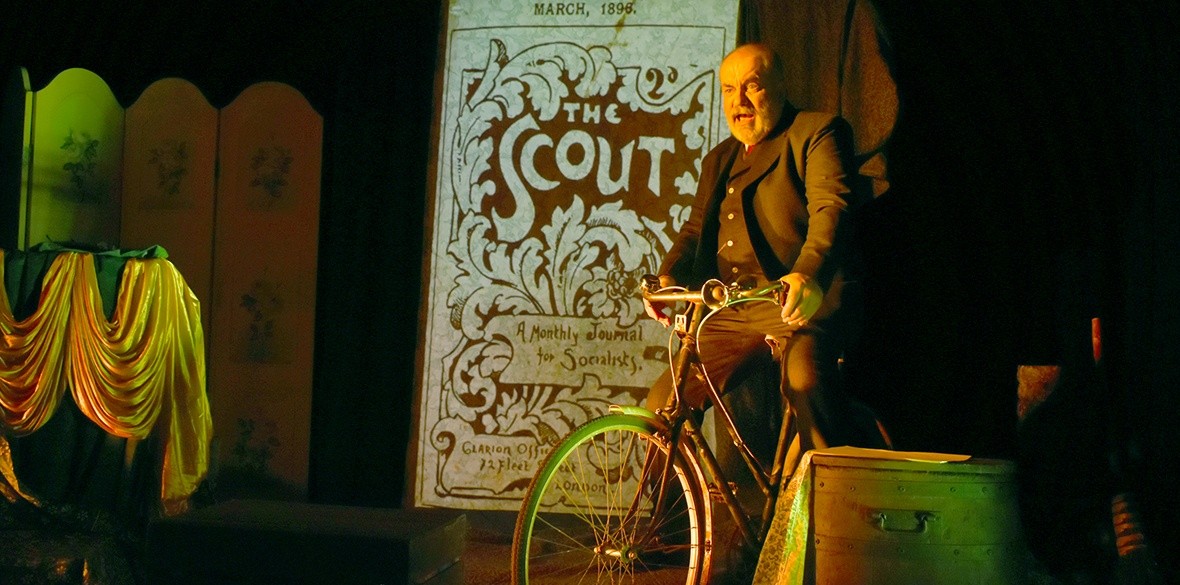UP NEXT

Thu 8 Jan
Seen - Film Screening | Auditorium
18:30 - 21:30
Doors Open 18:00

Inventive, lyrical, theatrical comedy - with songs!
“Behold Ye Ramblers!” - weaves poetry, song, wit, music and comedy in a performance revealing the history of the Clarion Movement that inspired the development of outdoor pursuits and leisure for 'the many' and established vital campaigns to claim the right to walk freely across the countryside; to protect, defend and connect with the land.
'Remarkable enterprise'
Ronald Simpson - Reviews Hub
Warmly intimate and entertaining, serious yet wonderfully light-hearted, Behold Ye Ramblers brings vibrant variety and interest to a slice of history that has eternal relevance.
Eileen Caiger Gray - Mature Times
* It is suitable for 11 years+
* The running time is 70 minutes plus 15 minute interval
Townsend Theatre Productions previous shows have included Rouse Ye Women!, We are the Lions, Mr Manager!, The Ragged Trousered Philanthropists and Dare Devil Rides to Jarama.